William Eugene Smith (1918–1978)
William Eugene Smith was born in Wichita, Kansas in the United States in 1918. His talent for photography developed early. He started taking photographs at age fourteen, and by the time he was sixteen, his photographs were published in a local newspaper. Aiming to become a professional photographer, Smith moved to New York in 1937, where he joined the staff of Newsweek magazine. In 1943, he covered the Second World War as a war correspondent for Flying magazine. Later, he signed a contract with LIFE magazine. When his war photographs were published in LIFE, Smith instantly became a prominent figure in the world of press photography. From the 1940s, his photographs were mainly published in LIFE. Although he left the magazine for a time out of dissatisfaction with its editorial direction, Smith published more than fifty photo essays by 1954. In 1971, Smith moved to Minamata, where he spent three years documenting the effects of mercury pollution. In 1978, Eugene Smith suffered a stroke in Tucson in the United States and passed away at age fifty-nine.
Based on the photo collection Minamata (1975) co-authored by Smith and Aileen Mioko Smith, the U.S. film MINAMATA (director: Andrew Levitas, lead actor: Johnny Depp, 2020) generated a great deal of publicity in 2020. This film was released in Japan in September 2021.




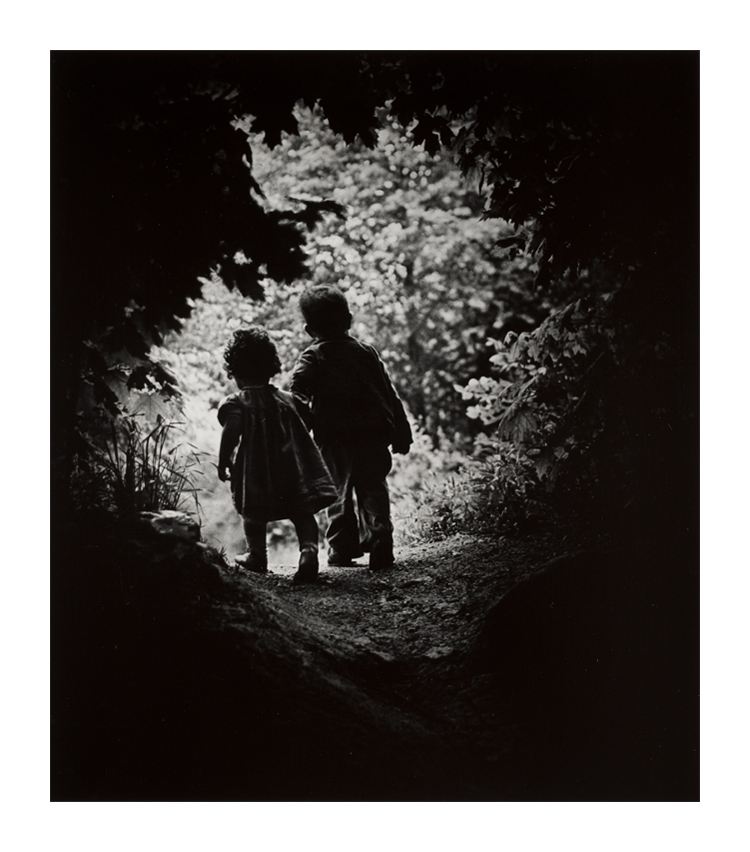
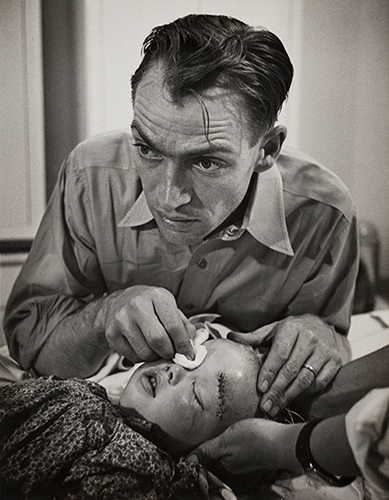
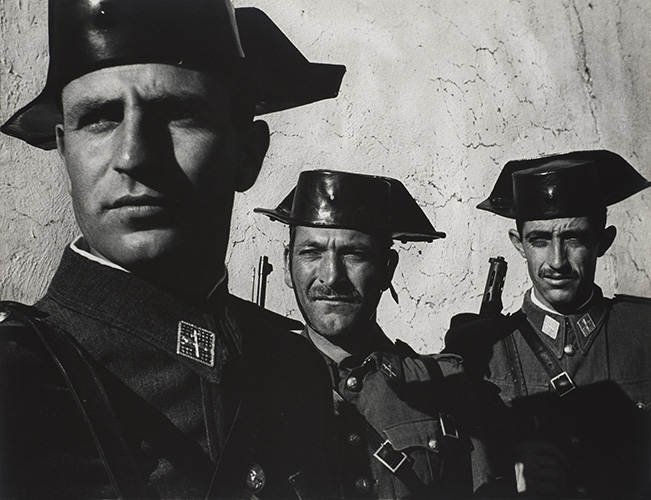
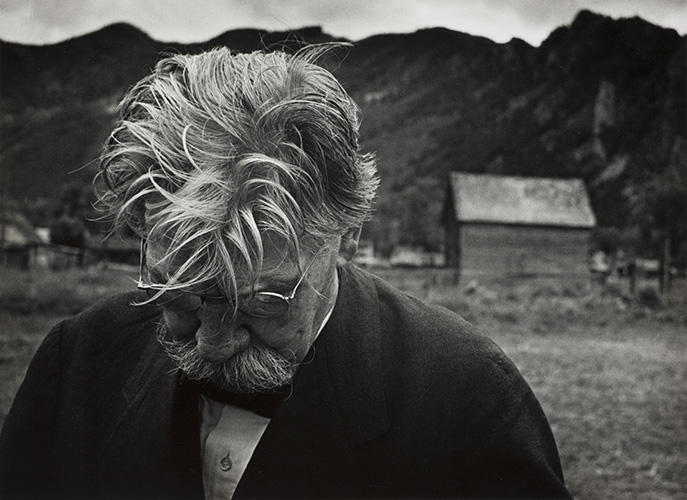

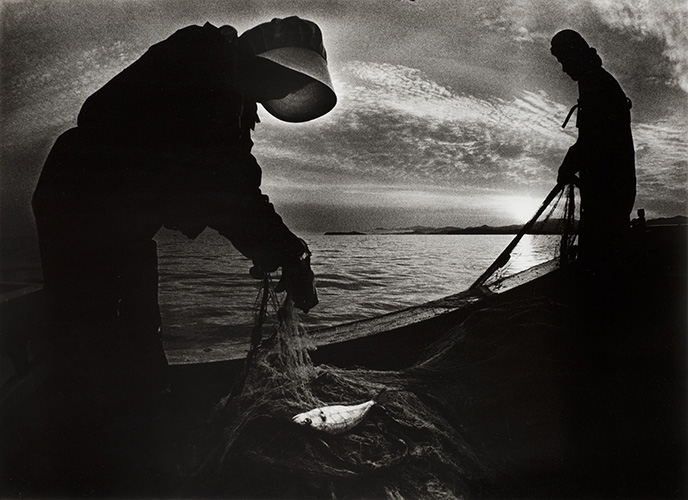
![[image]Hiroh Kikai Photo Exhibition: Persona – Tamasaburo Bando](/assets/img/photo_event_260105_05.jpg)
